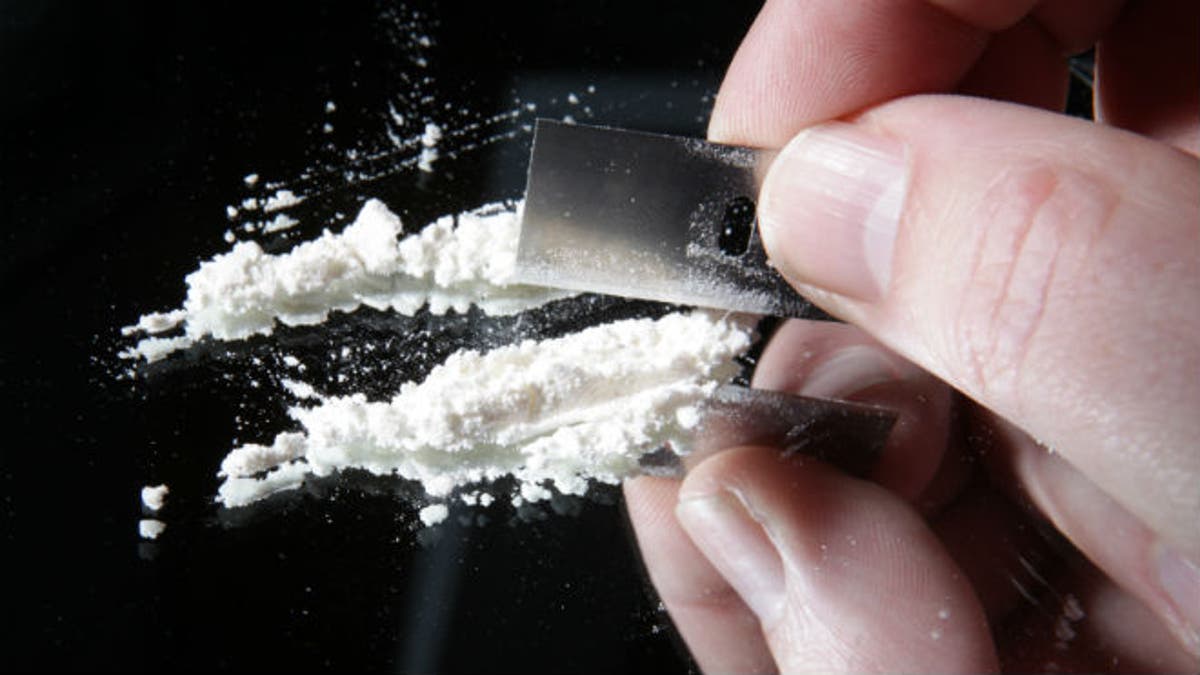
Researchers have developed a new way to test for cocaine use that only needs a fingerprint to determine results. Previous testing methods were limited to finding if cocaine had been handled, but the new technique finds whether the drug has actually been ingested.
The study, led by a team led by the University of Surrey in the UK, utilized an analytical chemistry technique, called mass spectrometry, on the fingerprints of participants who were currently attending drug treatment services. Once data was collected, they compared it to saliva samples to test its accuracy.
Dr. Melanie Bailey, lead author and lecturer in forensics at the University of Surrey, told FoxNews.com that the new test has many benefits over traditional testing, including a fast turnaround time.
“Fingerprints are so quick compared with urine or blood or even saliva. You can put a fingerprint down in a couple of seconds,” she said. “And our method of analysis is so quick - it literally takes two minutes to analyze a fingerprint sample.”
Bailey said in addition to being time efficient, with this technique the identity of the donor is embedded in the ridge detail of the print, which helps with traceability and makes the test impossibly to falsify.
The test works by finding traces of benzoylecgonine and methylecgonine in fingerprint residue, which are chemicals the body excretes when it metabolizes cocaine. Traditionally, these chemicals are detected in a urine test, which can be unhygienic and less accurate, as well as take more time.
Part of the development of the test included spraying a fingerprint slide with a special solvent called Desorption Electrospray Ionization (DESI) to detect benzoylecgonine and methylecgonine. This is the first time DESI has been used to prove drug use.
Bailey told FoxNews.com she thinks the test has some very exciting possibilities for widespread use by probation services, prisons, courts and other law enforcement agencies, but further research needs to be conducted.
“We would like to get funding to make this technology more portable using miniature mass spectrometers. We are also working on a quantitative method,” she said.
Researchers hope this fingerprint drug test has the potential to become the norm in drug testing because of its unique benefits of speed and accuracy. Traditional testing methods like blood and urine testing need trained staff, biological hazard storage and disposal guidelines, and often require off-site analysis.
Study authors say this technology could see the introduction of portable drug tests for law enforcement agencies to use within the next decade.
“It depends on the level of funding the work attracts. It could be as quick as a couple of years if we attract enough resources,” Bailey said.
Researchers from the Netherlands Forensic Institute in the Netherlands, the National Physical Laboratory, King's College London and Sheffield Hallam University in the UK were also involved in the test’s development.
The findings are published in the journal Analyst.




















